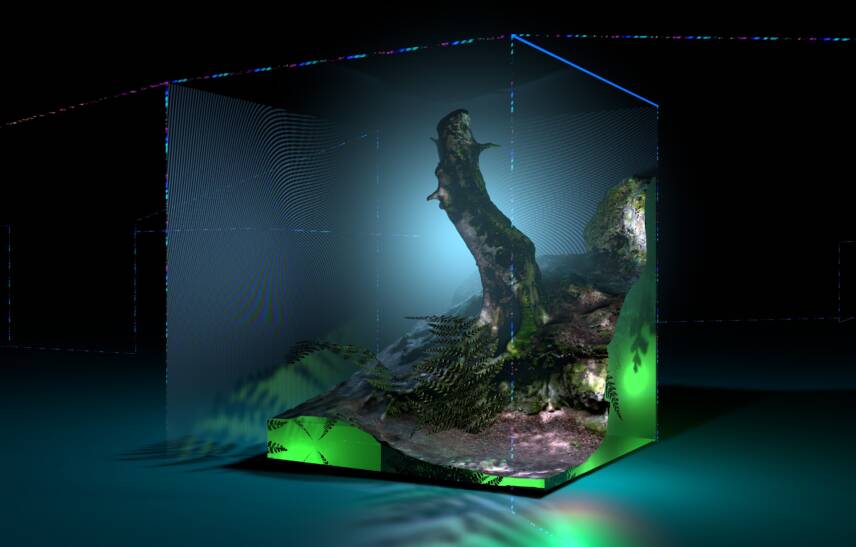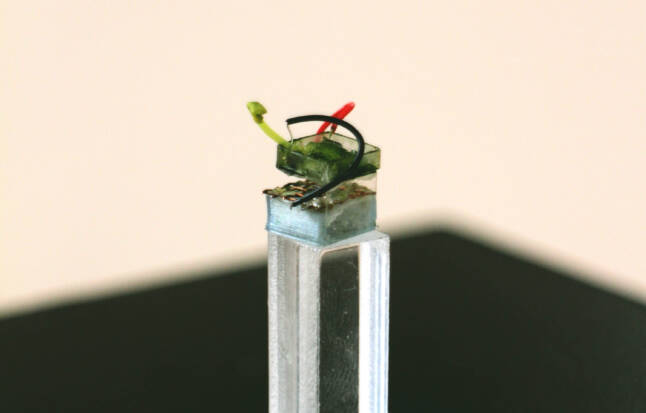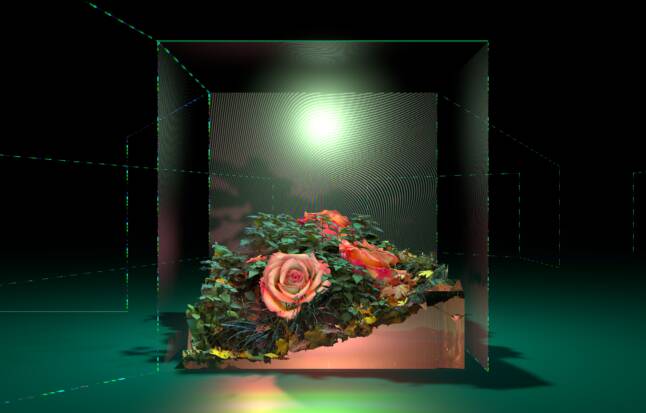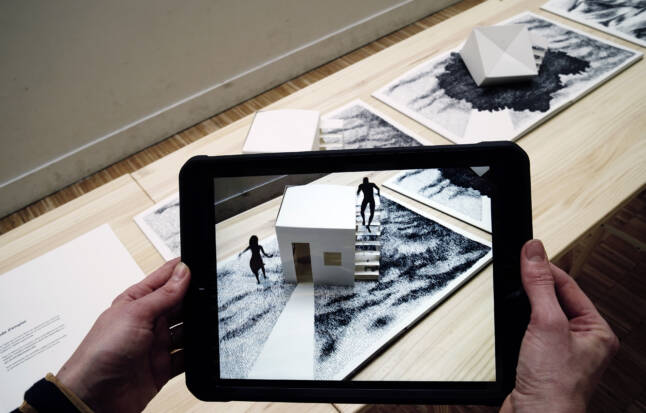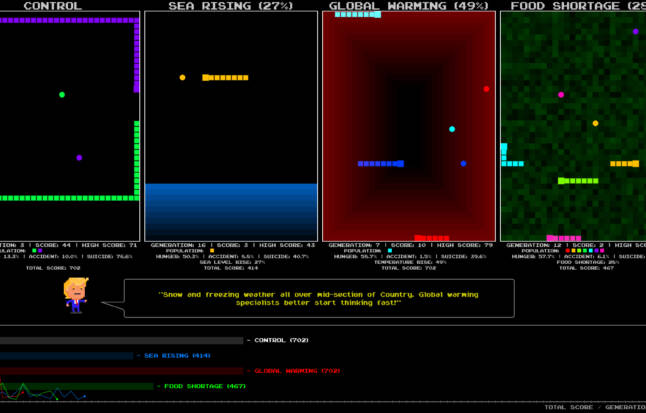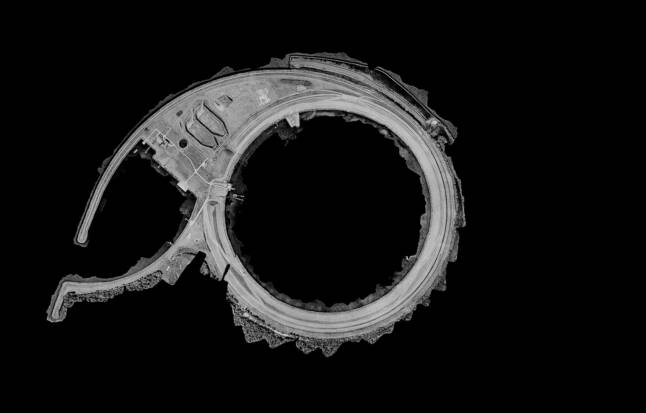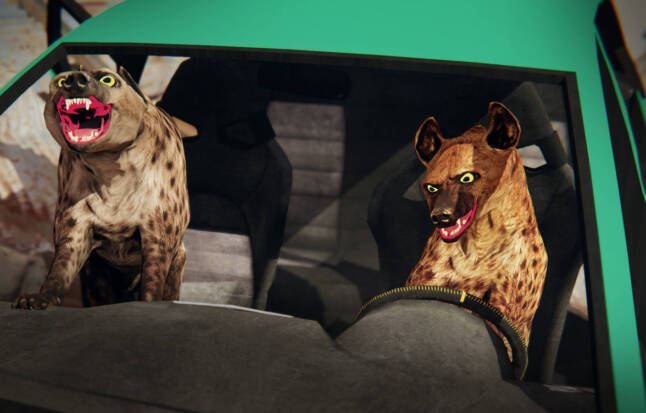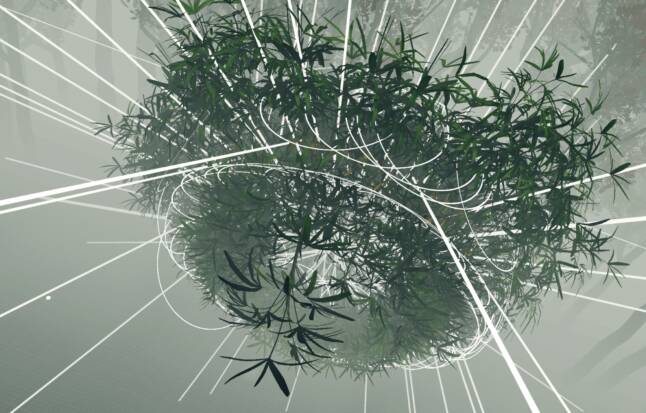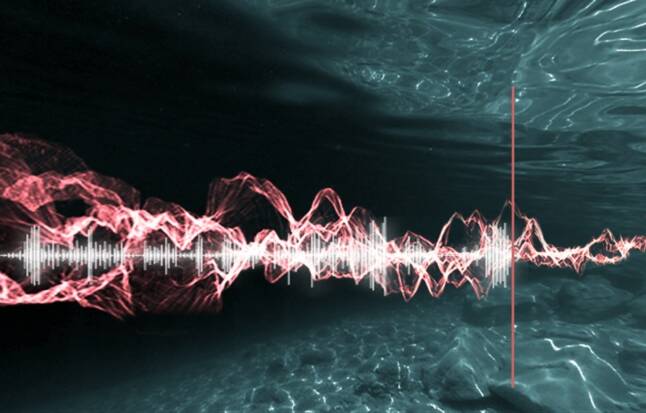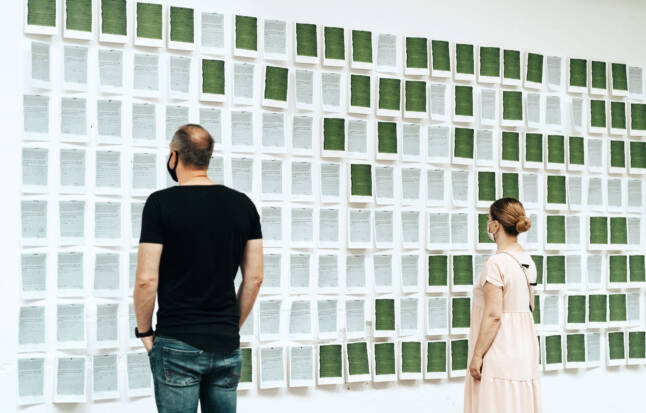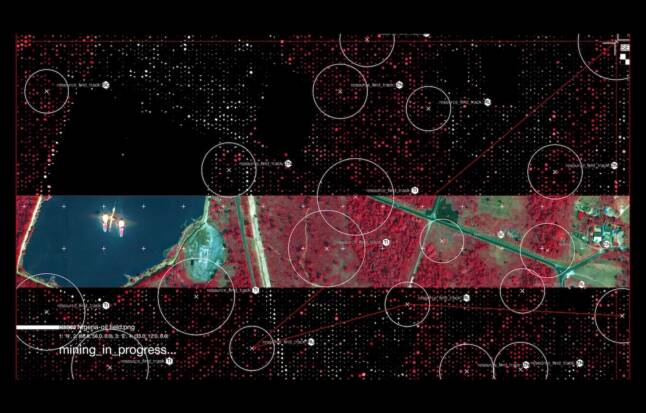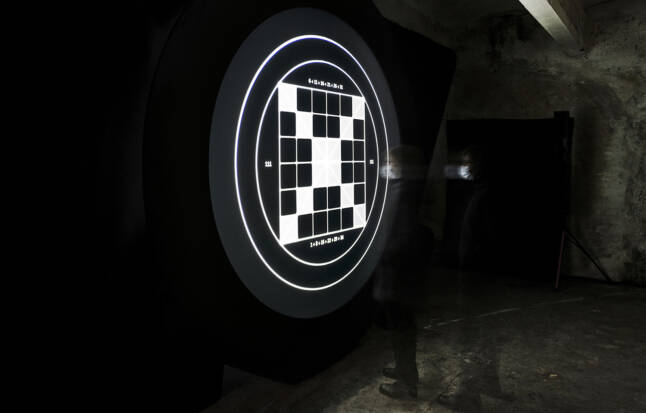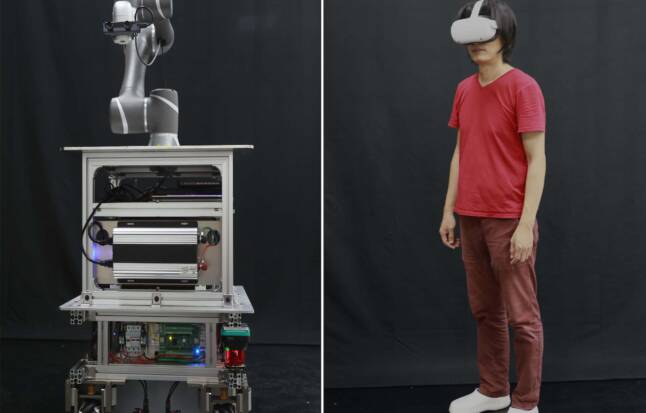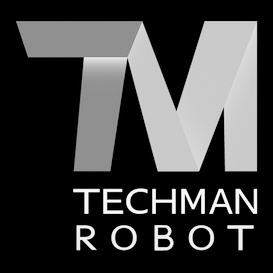At the _econtinuum exhibition we present 11 artworks – the ideas and visions of artists who show the scale of the problem, but also build the foundations for positive thinking about the future.
There is among others, the e-SEED installation by Brazilian artist and researcher Ivan Henriques, in which electricity generated from synthetic photosynthesis supports plant growth. The video installation Floralia by Canadian artist Sabrina Ratté, presents a futuristic vision of an extinct kingdom of plants that only exist as digital models in a virtual archive. In the speculative work Models For Environmental Literacy by Tivon Rice, we will hear about the saying about the environment that artificial intelligence has trained on various texts, ranging from sci-fi and eco-philosophy, to current international reports on climate change. The installation Aquatocene. The subaquatic quest for serenity created by the award-winning researcher of underwater acoustic landscapes, Robertina Šebjanič will let us dive into the reality of the sea depths, where the natural environment is disturbed by human-generated noise, which makes it difficult to communicate for inhabitants of the oceans. The French creators, Adrien M and Claire B in the Acqua Alta project will tell in a poetic way about the catastrophe associated with severe atmospheric conditions using the technology of augmented reality. Frederik De Wilde in the Hyperminer_Extracted Earth takes us into the speculative study of hyperextraction of valuable natural resources with the use of advanced methods of hyperspectral imagery and artificial intelligence.
